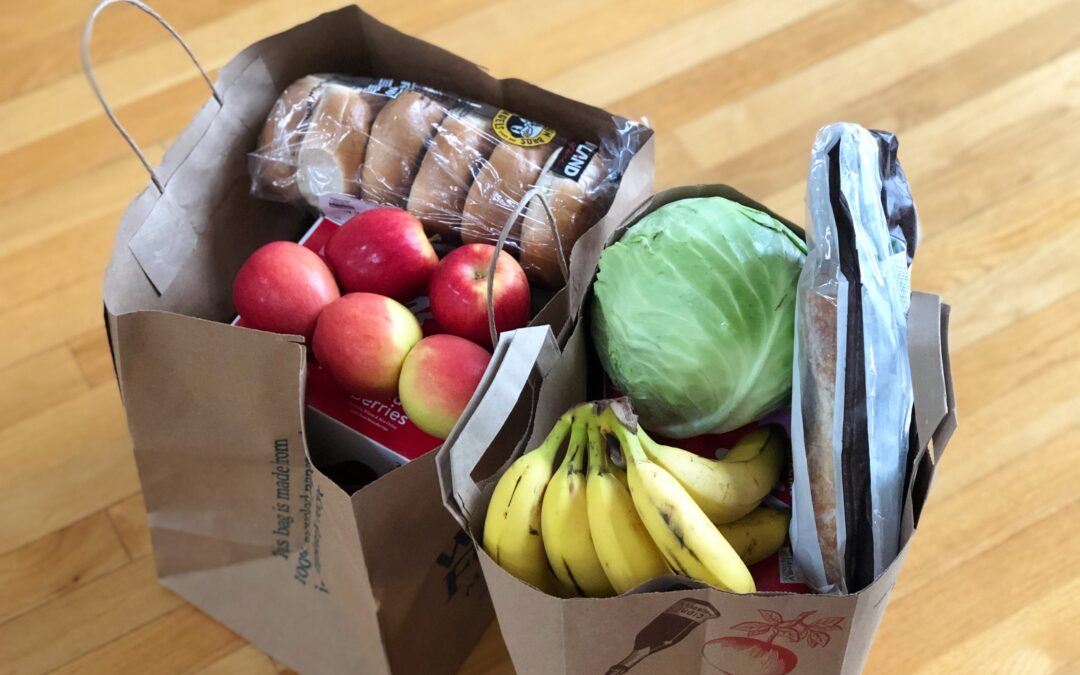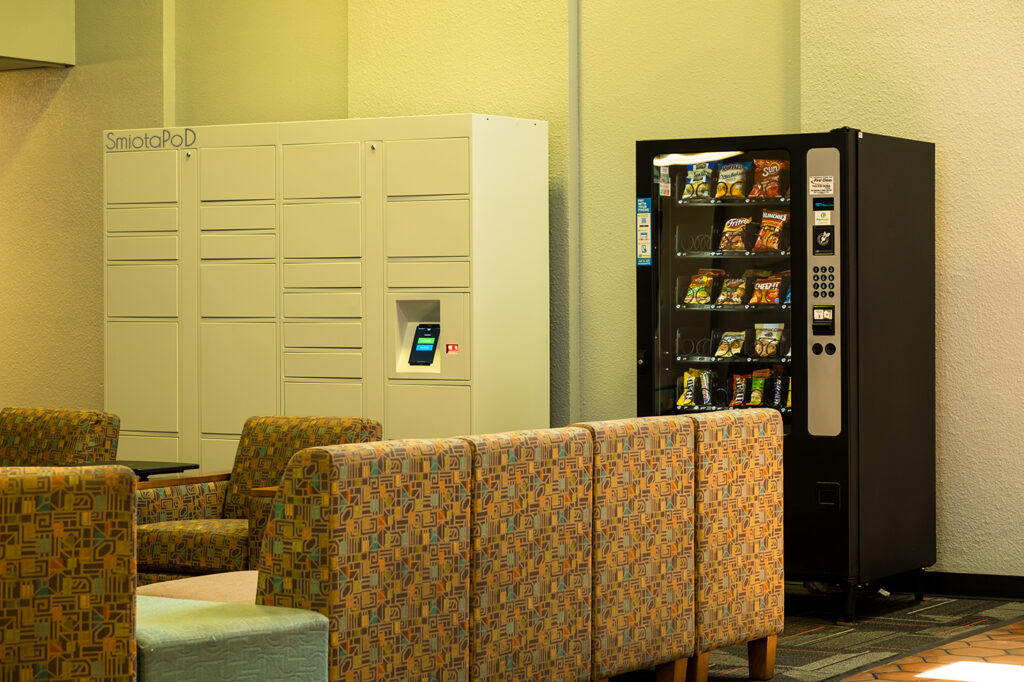Smart Lockers are already utilized on university and college campuses. These safe and secure systems have revolutionized mailroom pick-ups and dorm delivery processes, saving major time, money, and resources. In minimizing wait time and increasing accessibility, smart lockers have led to vast improvements for students and administrators alike.
But why stop at mailroom logistics, when smart lockers create windows of opportunity in a plethora of areas?
Most importantly, university smart lockers have an important role to play in one of the most desperate issues facing students today: food insecurity.
It’s an exciting prospect to implement, especially because there are already organizations working to solve food waste and food redistribution issues within various campus communities.
Smart lockers are a way for academic institutions to collaborate with these often student-led initiatives and align with important legislation. In doing so, we better support students facing food insecurity and could eventually eliminate the scenario entirely.
Student Food Insecurity
When we think of young students working hard to earn their education, we think of strenuous exams, long research papers, study abroad exchanges, and pulling all-nighters to pass a particularly difficult class. These “living myths” of the university and college experience are not erroneous – but they do not always account for the financial burden and insecurities that students must take on in order to even enroll.
And unfortunately, with the sky-rocketing cost of living, paired with exorbitant tuition costs, and now, a global pandemic, food insecurity for students is a very real, detrimental occurrence today.
According to a recent report from Chegg in partnership with Swipe Out Hunger, nearly one-third – 29% – of students have missed meals at least once a week in 2020. 35% of college students report that hunger has impacted their ability to study at various points in their education.
Additionally, over half of the surveyed students report that they use off-campus food banks – some of them depending on these food shelves once or more per month. This is especially true for students who are also parents or are working to support their families and seems to impact female students in higher numbers. Over half of all students must reach out to their family members for money for food, while 24% of students take out loans to cover food costs. One-third of students report that they know a peer who has had to drop out of school due to food insecurity.
These numbers are staggering – it is a problem that must be solved. In the midst of the ongoing pandemic, these numbers do not even take into account the mind-boggling amount of student debt awaiting these recent graduates after they are handed their diplomas – leading to further financial insecurity and food stress.
Smart Lockers And Food Distribution On Campus
The challenges that students face are widespread – but in the spirit of education, creativity, and innovation, there’s no reason for something as solvable as food insecurity to exist going forward.
There are initiatives that have already hit the ground running, with student activists leading the way. For example, students are calling on universities to set up campus food banks – more accessible than food banks off-campus. Another call-to-action is for campuses to provide Supplemental Nutrition Assistance Program (SNAP)/food stamps for students and to provide assistance for students needing access to this type of support.
At a time when nearly a quarter of students say they’ve considered dropping out of school due to food insecurity, these initiatives can empower students to continue their studies, and more than that, thrive at a critical juncture in their lives.
Big ideas come with logistical challenges. This is where smart lockers come in, providing the efficient, accessible systems that will be the backbone of lasting change for student food insecurity.
First, smart lockers are quick and easy. With a simple tap on a smart tablet, lockers become available for food delivery and pick-up with instantaneous messaging, secure codes, and 24/7 support should problems arise. These will increase the efficiency of students donating their extra meal plan dollars, as well as in redistributing food from various events on campus, making sure that as little food as possible goes to waste and that students facing hunger have quick access to available food.
Secondly, and this is important regarding food, smart lockers are temperature controlled – meaning that the lockers can be used for transporting all sorts of food in a timely manner. This means that non-perishable food can be exchanged, as well as food and beverage options that require a more consistent environment for consumption.
Eliminating Hunger For Students
The reasons why students face food insecurity are complex – each person with their own story and context that informs and defines their experience.
But no matter the story, students need to eat. Smart lockers are the integral tool that will connect the wide-ranging initiatives into real-life exchanges that ensure all students have access to the food they need to study and thrive as individuals and as members of a campus community.
As we await the day that the U.S. government finally moves to eliminate the student debt crisis, we can chip away at the other stresses and insecurities that surround the industry of education. And while we work to pass effective legislation that protects students, we can make sure they have access to healthy, sustaining food – ready and waiting for them in a smart locker nearby.





